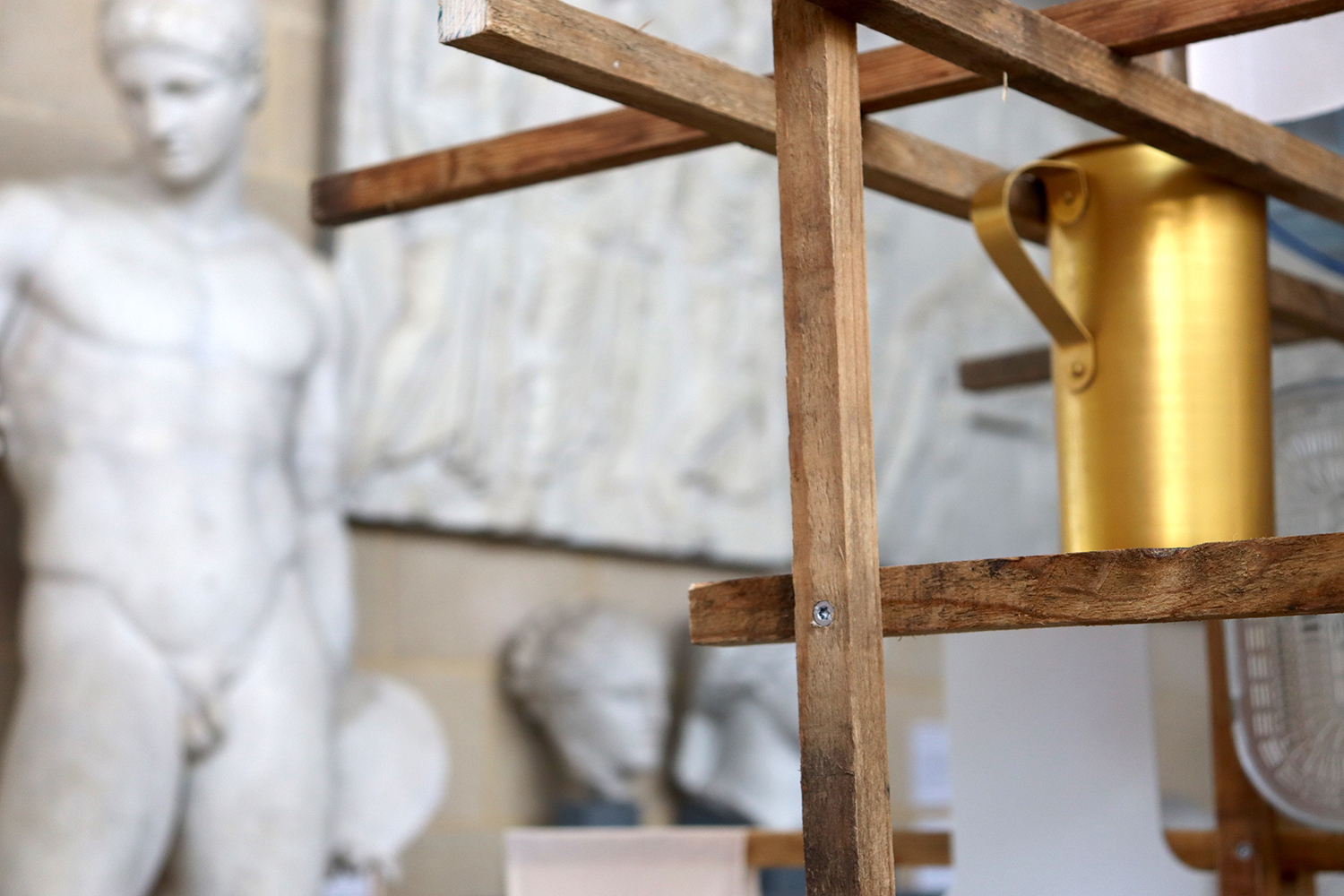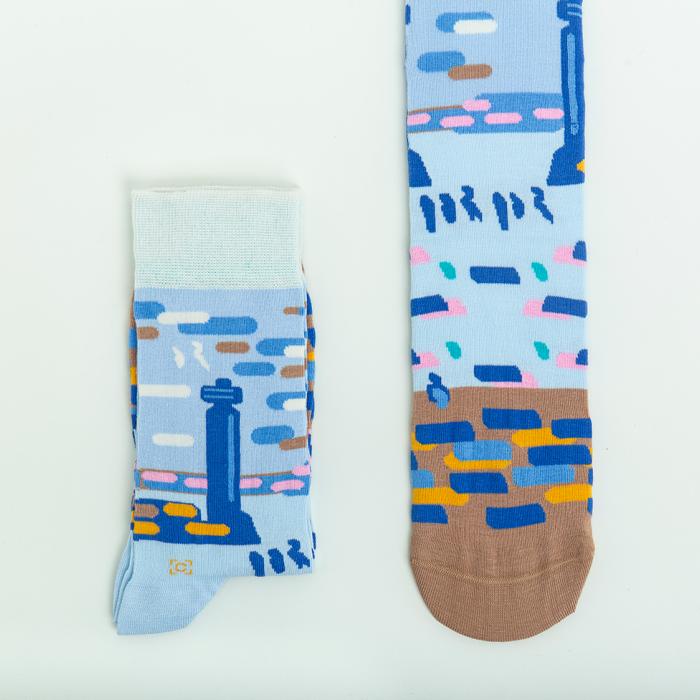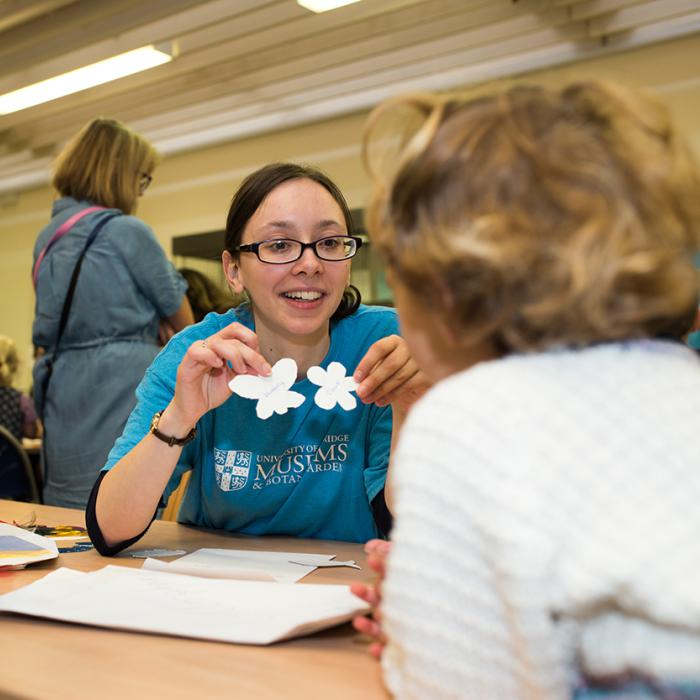Join curator Richard Kelleher for an exclusive introduction to the exhibition Defaced!, an exploration of the fascinating yet conflictive relationship between money, authority, and protest.
This event will be taking place at the Museum and will also be livestreamed.
Artist Kaitlin Ferguson is mid-way through her CoLAB residency. Drop in and see how things are progressing, what thoughts and reflections other visitors to CoLAB have shared and what has been created so far.
Artist Kaitlin Ferguson has transformed the Clore Learning Studio into a creative research lab and would love for you to join her. You will learn new art techniques and skills and explore new ways of creative thinking in a safe and supported space.
Drop in anytime from 12-3pm to explore CoLAB and get stuck into a fun activity exploring ideas about accessibility and academic research in the city.
This open afternoon is for children and adults. Activities are FREE and open to all
FREE, drop in
Artist Kaitlin Ferguson has transformed the Clore Learning Studio into a creative research lab and would love for you to join her. You will learn new art techniques and skills and explore new ways of creative thinking in a safe and supported space.
Drop in anytime during the day to explore CoLAB and get stuck into a fun activity exploring ideas about accessibility and academic research in the city.
Activities are FREE and open to all
FREE, drop in
Join us in the Clore Learning Studio for the launch of CoLAB
FREE, everyone welcome, drop-in
About CoLAB
This event is part of our summer programme, CoLAB. CoLAB brings together our local community, an artist, and researchers at the University of Cambridge to think creatively and have fun. As a group, you will creatively explore and assist research that is currently underway at the University, and everyone is invited to join in.
About Howardena Pindell: A New Language
Howardena Pindell (b. 1943, Philadelphia) is a major contemporary artist based in the US. This is the first UK museum presentation of her work. Encompassing the poetic and the political, Pindell’s remarkable practice over six decades draws from her own experience as an artist, teacher and activist. Her compelling and beautiful works of art often respond to the social and political realities of our time, calling for urgent engagement and action.
Ever wondered how magnets work, what's the earth made of, or how mountains are formed? Find out the answer to these questions and more in our family-friendly interactive drop-in.
Ever wondered how magnets work, what's the earth made of, or how mountains are formed? Find out the answer to these questions and more in our family-friendly interactive drop-in.

We're extending our summer exhibition until Thursday 27 October 2022!
During this special 30-minute museum tour, our in-house gaming experts will guide you through the history of videogames from the seventies to modern day. Come dressed up as your favourite retro game character!
All ages welcome; ideally suited to ages 6+

